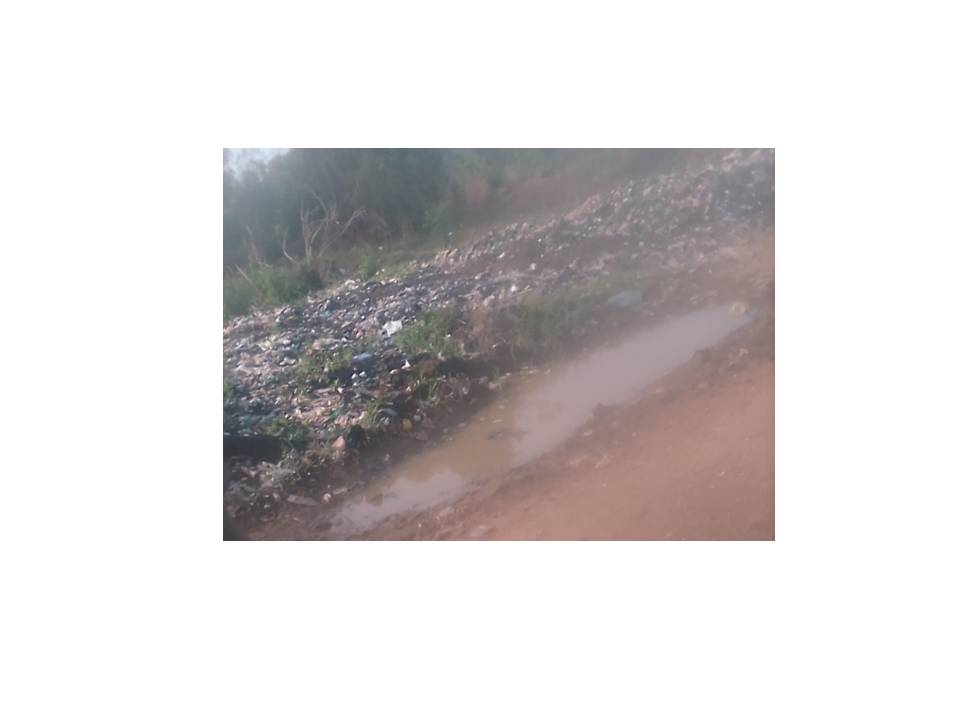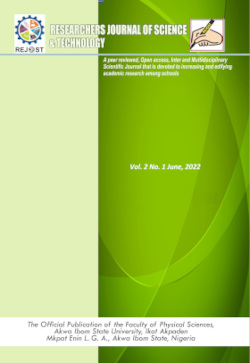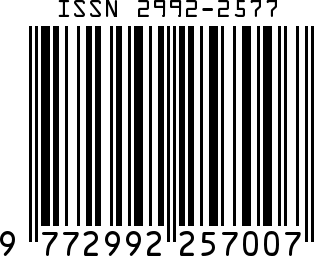Determination of the effect of pollution on the total microbial load and diversity in the surface and groundwater in selected pollution-prone towns in Cross River State, Nigeria
Keywords:
Contamination, Groundwater, Microbial, Dumpsites, Leachates, Bacterial loadAbstract
Groundwater is an important natural resource that majority of the human population depends on for drinking. Potable water is essential for good health and the socio-economic development of man. This research aimed at evaluating the effect of pollution on the total bacterial load and biochemical characteristics of bacteria isolates associated with surface and groundwater samples closed to dumpsites and abattoirs in six Local Government Areas (LGAs) in Cross River State. Borehole water samples were subjected to standard laboratory procedures, and microbiological examination of the borehole water samples was carried out. Pour plate technique was used for plating the samples, 1ml of the sample was transferred into Petri dishes (in triplicate), containing potato dextrose agar (PDA) for fungal enumeration, and nutrient agar (NA) for bacterial enumeration. An aliquot of each sample was transferred into the plate for each sample, thoroughly mixed and allowed to solidify, then incubated at room temperature for 24 hours (for NA) and 72 hours (for PDA). After incubation, the colonies were observed, counted and recorded. Identification of pure cultures was done by studying colony characteristics, and biochemical characteristics. The results revealed that the bacterial population was high in the groundwater samples obtained from Calabar municipality (slaughter house), Ogoja (dumpsite) was next and significantly higher in the bacteria counts than samples obtained from Akamkpa (dumpsite), Calabar municipality (control, dumpsite), Ikom (dumpsite, slaughter house), Ogoja (slaughter house) and Yala (dumpsite and slaughter house) with no significant difference (P>0.05) in the mean bacterial counts. The lowest bacterial count was detected in the groundwater samples from Akamkpa (slaughter house), Ikom, Yala and Ogoja (control), and Yakurr (control, slaughter house, dumpsite) with no significant difference (P>0.05) in the bacteria counts obtained. It was evident from the results, that there was a high level of contamination of groundwater sources within the areas visited, and this calls for urgent health intervention.
References
Ahmed, A. M. & Sulaiman, W. N. (2001). Evaluation of groundwater and soil pollution in a landfill area using electrical resistivity imaging survey. Environmental management Journal, 28(5): 655-663.
Akange, E. T., Chaha, J. A. & Odo, J. I. (2016). Impact of Wurukum abattoir effluent on River Benue and Niger using macro invertebrates as Dio-indicators, International Journal of Aquaculture, 6(22): 1 – 11.
Awofeso, M. A., Ogunseye, O., & Alade, O. (2022). Groundwater quality deterioration in developing countries: A review of the challenges and some best practices for mitigation. Science of the Total Environment, 833: 152923.
Aziz, S. Q., Aziz, H. A., Yuso, M. S., Bashir, M. J. & Umar, M. (2010). Leachate characterization in semi-aerobic and anaerobic sanitary landfills: a comparative study. Journal of Environmental Management, 91(12): 2608 – 2614.
Bello, K. A., Abdul-Majeed, M., & Ibrahim, H. A. (2020). Evaluation of groundwater pollution from Abattoirs effluent waste disposal in Ilorin, Nigeria. Sustainability, 12(16), 8163.
Daniels, T. & Daniels, K. (2003). The Environmental planning handbook for sustainable communities and regions. New York: McGraw Hill.
Eni, D. I., Obiefuna J. N, Oko, C. & Ekwok, I. (2011). Impact of urbanization on sub surface water quality in Calabar Municipality Nigeria. International Journal of Humanities and social science, 1(10): 167-172.
Enoh, C. & Abaraogu, J. (2012). Investigation of borehole water system in Nigeria. Journal of Medical Sciences, 3: 312 – 318.
FAO, (1997).Chemical Analysis Manual for Food and Water 5th Edition, FAO ROME, 20-26.
Gomez, J. D. & Naket, A. C. (2002). Community participation in water and sanitation, Journal of Water International, 27:343 – 353.
Hassan, I., Campbell, C. & Ademola, T. (2014). Effect of abattoir effluents on surroundings underground water. International Journal of Advance in Pharmacy, Biology and Chemistry, 6(1):522 – 529.
Ikem, A., Osibanjo, O., Sridhar, M. K. C. & Sobande, A. (2002). Evaluation of Groundwater Quality Characteristics near Two waste Sites in Ibadan and Lagos, Nigeria. Journal of Water, Air, and Soil Pollution, 140: 307–333.
Iyakndue, M. L., Brooks, A. A., Unimke, A. A. & Agbo, B. E. (2017). Effects of palm oil mill effluent on soil microflora and fertility in Calabar–Nigeria, Asian Journal of Biology, 2(3): 1-11.
Jonnalagadda, S. B. and Mhere, G. (2001). Water quality of the Odzi River in the eastern highlands of Zimbabwe. Water Resources, 35, 2371-2376.
Mgbemena, N. M., Obodo G, A., Okonkwo, N. A. & Onwukeme, B. I. (2014). Physiochemical Assessment of Borehole Waters in Ovim, Isiukwuato LGA, Abia State, Nigeria Journal of Applied Chemistry 7, 31-33.
Mor, S., Ravindra, K., Dahiya, R. P. & Chandra, A. (2006). Leachate characterization and assessment of groundwater pollution near municipal solid waste dumpsite site.
Nagendran, R., Selvam, A., Joseph, K. & Chiemchaisri, C. (2006). Phyto-remediation and rehabilitation of municipal solid waste landfills and dumpsite. A brief review waste manage-ment, 26: 1357 – 1369.
Okorafor, K. A., Agbo, B. E., Johnson, A. M. & Chiorlu, M. (2012). Physico-chemical and Bacteriological Characteristics of Selected Streams and Boreholes in Akamkpa and Calabar Municipality, Nigeria, Archives of Applied Science Research, 4 (5): 2115-2121.
Rahman, A., Hussain, M., Choudhury, T.I., & Hasan, Z. (2019). Microbial quality assessment of shallow groundwater in a landfill area: Implications of health risk and antimicrobial resistance. Water, 11(7), 1384.
Rao, A. P., Agbo, B. E., Udoekong, N. S. & Etuk, H. A. (2017). Evaluation of antagonistic potential of soil bacteria against plant pathogenic fungus: Aspergillus niger, Journal of Advances in Microbiology, 3(2): 1-7.
U.S. Environmental Protection Agency (2024). Groundwater Protection. Available at https://www.epa.gov/ground-water-and-drinking-water/ground-water-protection. [Accessed June 6 2024].
U.S. Geological Survey (2018). Contamination of Groundwater. Available at https://www.-usgs.gov/special-topics/water-science-school/science/contamination-ground-water [Accessed July 21 2023].
WHO (2006). International Standards for Drinking Water (3rd ed.) Geneva, 346 385.
WHO (2022). Global Health Observation data. Diarrhea. Available at https://www.who-.int/data/gho/indicator-metadata-registry-/imr-details/196. [Accessed July 21 2024].

Downloads
Published
How to Cite
Issue
Section
License
Copyright (c) 2024 Researchers Journal of Science and Technology

This work is licensed under a Creative Commons Attribution-NonCommercial-NoDerivatives 4.0 International License.




